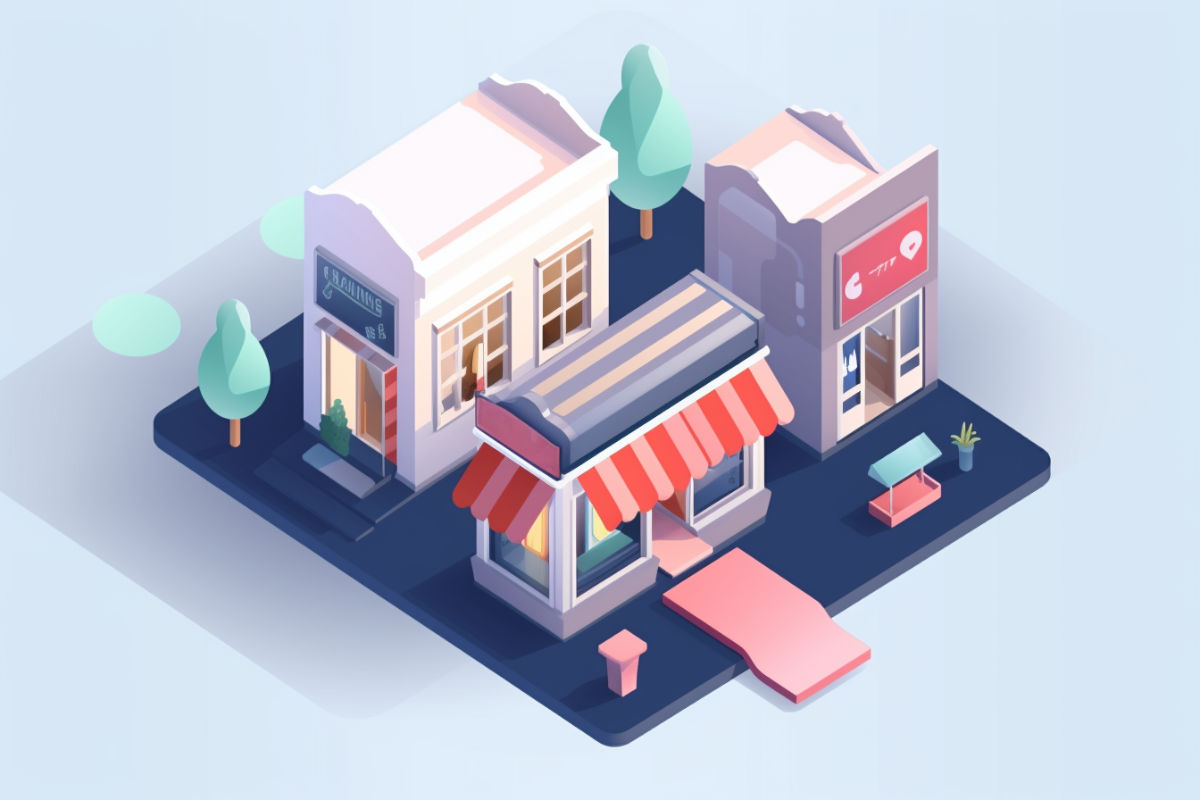Running a successful Shopify store can be challenging, and it can be frustrating when your store isn’t generating the sales you expect. There are several common reasons why your Shopify store might not be selling, and understanding these issues can help you identify and resolve them. In this blog post, we’ll explore the common reasons for low sales and provide actionable solutions to help you boost your store’s performance.
1. Lack of targeted traffic
One of the primary reasons for low sales is a lack of targeted traffic to your store. Without a steady stream of potential customers, it’s impossible to generate consistent sales. To address this issue:
- Develop a comprehensive marketing strategy that includes SEO, content marketing, social media marketing, and paid advertising to attract targeted traffic to your store.
- Identify your target audience and create buyer personas to guide your marketing efforts.
- Regularly analyze your traffic sources and adjust your marketing strategies to focus on the most effective channels.
2. Poor store design & user experience
A poorly designed store with a subpar user experience can drive potential customers away and hurt your sales. To improve your store’s design and user experience:
- Ensure your store has a clean, professional design that aligns with your brand identity.
- Optimize your store for mobile devices, as a significant portion of online shoppers use mobile devices to make purchases.
- Make your site easy to navigate, with well-organized categories and a search function.
- Streamline your checkout process to minimize cart abandonment.
3. Ineffective product descriptions & images
Compelling product descriptions and high-quality images are essential for convincing potential customers to make a purchase. If your product listings are lacking, consider the following:
- Write persuasive, benefits-driven product descriptions that address your target audience’s needs and pain points.
- Include high-quality images that showcase your products from multiple angles and, if possible, in use.
- Consider adding product videos or 360-degree views to provide a more immersive shopping experience.
4. High prices or uncompetitive offers
If your products are priced too high or your offers aren’t competitive, potential customers may choose to shop elsewhere. To address pricing and offer concerns:
- Conduct competitor research to ensure your prices are in line with industry standards and customer expectations.
- Consider offering discounts, bundle deals, or free shipping to incentivize purchases and increase your store’s perceived value.
- Test different pricing strategies to determine which one works best for your target audience and products.
5. Lack of social proof & trust
Online shoppers rely on social proof and trust signals to make informed purchasing decisions. If your store lacks these elements, consider:
- Adding customer reviews and testimonials to your product pages and website.
- Displaying trust badges, such as secure payment logos and SSL certificates, to reassure customers of your store’s security.
- Highlighting any press coverage, awards, or industry certifications your business has received.
Conclusion
Understanding and addressing the common reasons for low sales in your Shopify store is crucial to improving its performance and increasing revenue. By attracting targeted traffic, optimizing your store’s design and user experience, creating compelling product listings, offering competitive prices, and building trust with social proof, you can overcome these obstacles and boost your store’s sales. Remember, continuous improvement and adapting to your customers’ needs are essential for long-term success in the competitive world of ecommerce.



